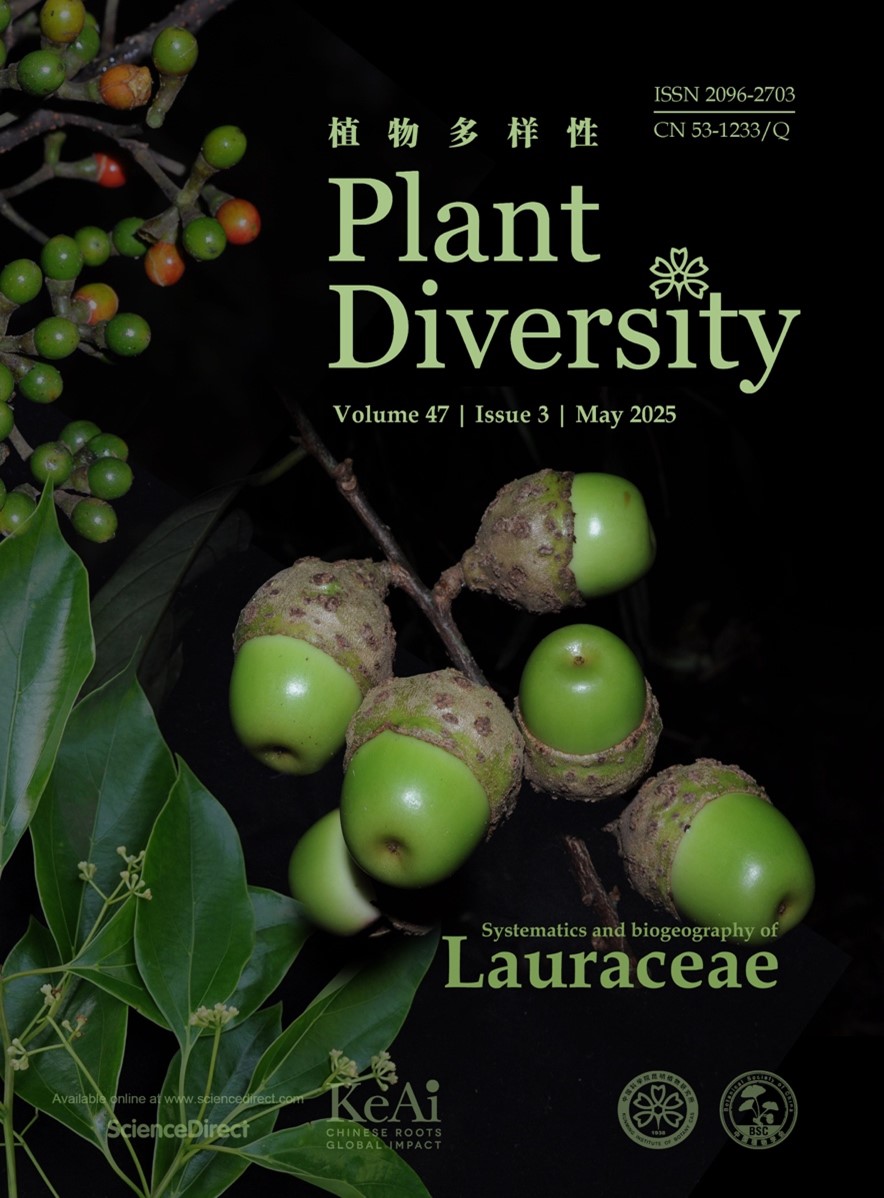In this issue, Li et al. (p. 341) reviewed 25 years of global advances in Lauraceae research, highlighting molecular systematics that resolved nine tribes (including the newly validated Mezilaureae) through plastid phylogenomic analyses. Nuclear genomic analyses have further elucidated the evolutionary history and metabolic diversity of the family. Fossil evidence traces diversification from the Late Cretaceous to Cenozoic, while biogeographical patterns show Gondwanan-Laurasian divergence driven by the disruption of boreotropical flora and long-distance dispersal events. Eastern Asia’s Quaternary phylogeography emphasizes survival, stability, and range expansion. The authors advocate integrated approaches combining genomic studies, fieldwork, morphological and ecological investigations to better understand this ecologically and economically vital plant family’s evolution and biodiversity. The cover shows branchlets with flowers of Camphora officinarum (lower left), and fruits of Lindera kwangtungensis (top left) and Litsea baviensis (middle).

(Images Credit: LIU Bing)
More about: Plant Diversity




